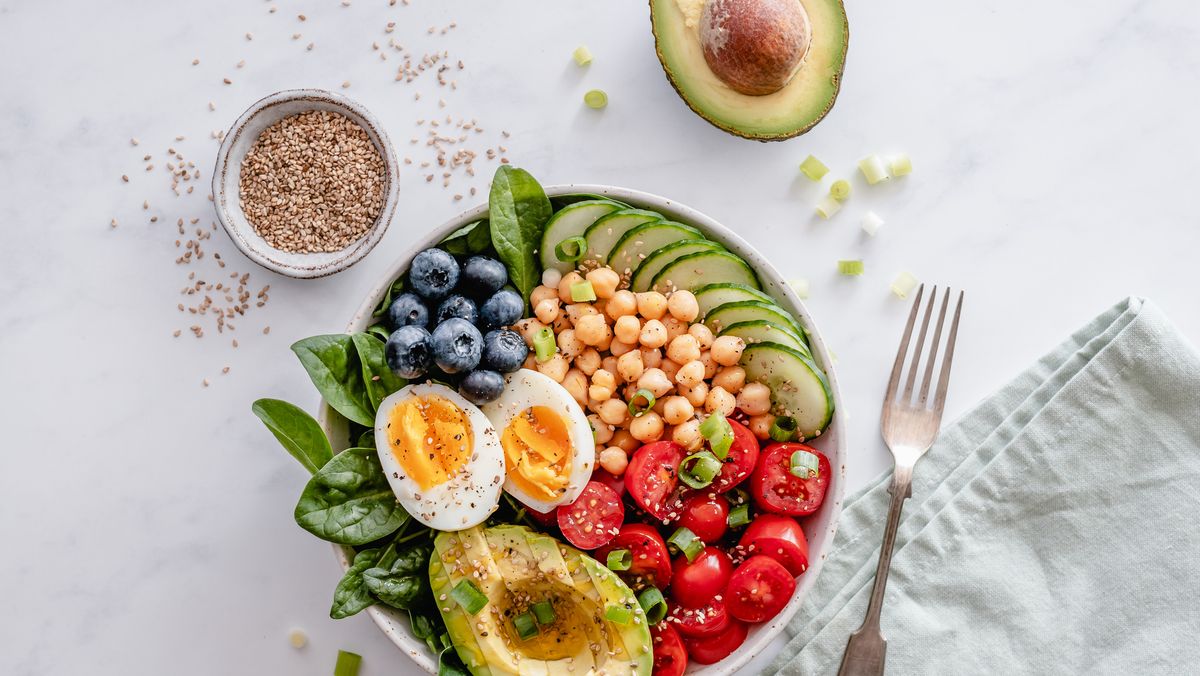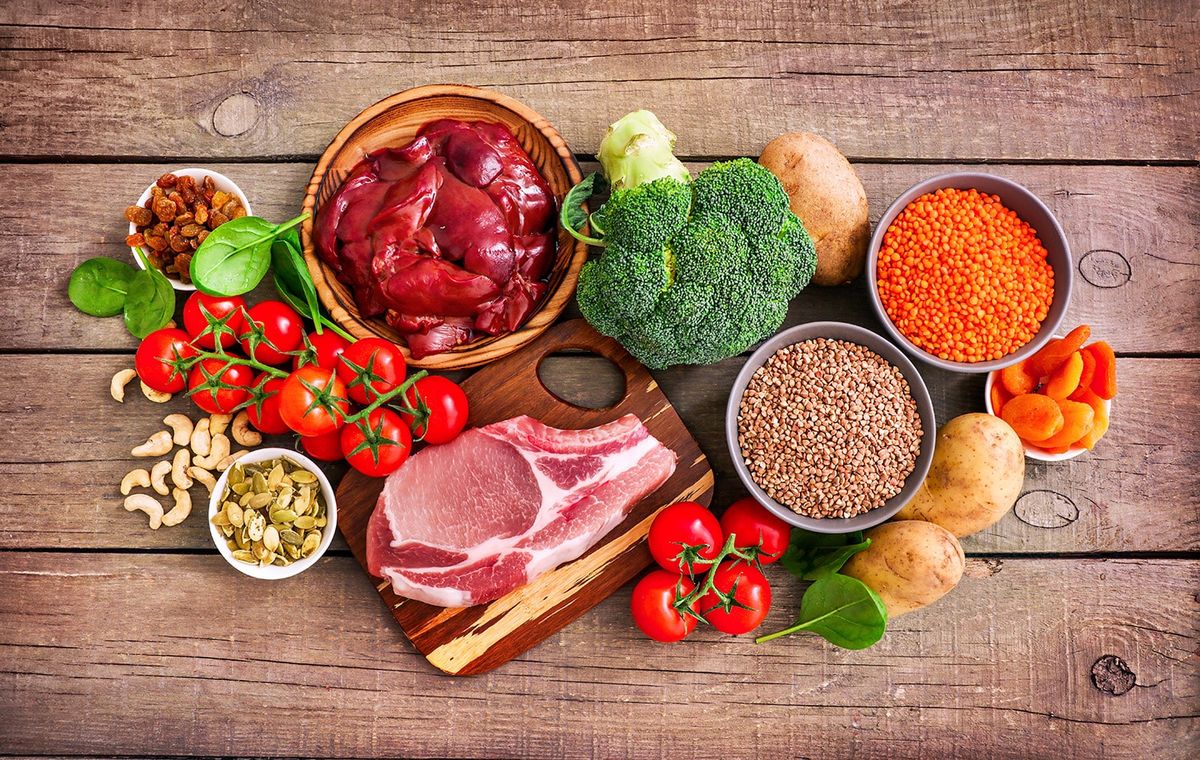How to Create a Balanced Meal Plan
Creating a balanced meal plan is essential for maintaining good health and overall well-being. A balanced meal provides the body with the necessary nutrients it needs to function properly. Here are some tips on how to create a balanced meal plan:
Include a Variety of Foods
A balanced meal should include a variety of foods from different food groups. These food groups include:
- Fruits and vegetables: These provide essential vitamins, minerals, and fiber.
- Protein: Sources of protein include lean meats, poultry, fish, eggs, beans, and nuts.
- Whole grains: Whole grain foods like brown rice, quinoa, and whole wheat bread provide fiber and important nutrients.
- Dairy or dairy alternatives: These provide calcium and other essential nutrients.
Portion Control
Portion control is key to creating a balanced meal. It’s important to be mindful of portion sizes to avoid overeating. A general guideline for a balanced meal is to fill half of your plate with fruits and vegetables, a quarter with lean protein, and a quarter with whole grains.
Limit Added Sugars and Saturated Fats
Limiting added sugars and saturated fats is important for a balanced meal plan. Foods high in added sugars and saturated fats should be consumed in moderation. Opt for healthier fats such as those found in avocados, nuts, and olive oil, and choose natural sources of sweetness like fruits.
Stay Hydrated
Staying hydrated is an important part of a balanced meal plan. Water is essential for overall health and helps the body function properly. Aim to drink plenty of water throughout the day and limit sugary drinks.
Meal Planning and Preparation
Meal planning and preparation can help ensure that you have balanced meals throughout the week. Take some time to plan your meals and snacks, and consider preparing meals in advance to avoid reaching for unhealthy options when you’re short on time.
Balance and Moderation
Balance and moderation are key components of a balanced meal plan. It’s okay to enjoy your favorite treats occasionally, but the majority of your meals should consist of nutrient-dense foods that provide essential vitamins and minerals.
Conclusion
Creating a balanced meal plan doesn’t have to be complicated. By including a variety of foods, practicing portion control, limiting added sugars and saturated fats, staying hydrated, and planning and preparing meals in advance, you can ensure that you are providing your body with the nutrients it needs to thrive.
Remember, balance and moderation are key, and making small, sustainable changes to your eating habits can lead to long-term health benefits.











